Snake Plant, Sansevieria Trifasciata , also known as Sansevieria, is a popular and low-maintenance houseplant appreciated for its striking appearance and air-purifying qualities.
Plating and Care:
Here’s some information about caring for the Snake Plant:
- Appearance: Snake Plant feature long, upright leaves that grow in a rosette pattern. The leaves are typically thick, succulent, and cylindrical, with varying patterns of dark green, light green, or yellow variegation. Some varieties have striped or mottled patterns, adding to their visual appeal. Snake Plants can grow up to several feet tall, depending on the variety.
- Light: Snake Plants tolerate a wide range of light conditions, from low to bright, indirect light. They can even thrive in low-light conditions, making them suitable for offices or rooms with minimal natural light. However, they may grow more slowly in low light and may not produce as much variegation.
- Watering: Snake Plants are drought-tolerant and prefer to dry out between waterings. Allow the soil to dry out almost completely before watering, then water thoroughly, ensuring excess water drains away. Overwatering can lead to root rot, so it’s essential to err on the side of underwatering.
- Soil: Plant Snake Plants in well-draining potting mix. A mixture of cactus or succulent soil with perlite or sand works well to provide good drainage. Ensure the pot has drainage holes to prevent waterlogging.
- Temperature: Snake Plants prefer average to warm room temperatures between 60-85°F (15-29°C). They can tolerate higher temperatures but may suffer in temperatures below 50°F (10°C).
- Humidity: Snake Plant are adaptable to various humidity levels and can tolerate low humidity environments. However, they may benefit from occasional misting or placement in a more humid location, especially in dry indoor environments.
- Fertilizing: Feed your Snake Plant with a balanced, water-soluble fertilizer diluted to half strength every 2-3 months during the growing season (spring and summer). Reduce fertilization in fall and winter when growth slows down.
- Pruning: Prune any yellow or dead leaves as they appear to maintain the plant’s appearance. Snake Plants rarely require extensive pruning, but removing dead or damaged foliage can promote healthier growth.
- Propagation: Snake Plants can be propagated through division or leaf cuttings. Dividing mature plants into smaller sections and repotting them is the most common method. Leaf cuttings can also be taken from healthy leaves and placed in moist soil to encourage root growth.
With its striking appearance and minimal care requirements, the Snake Plant is an excellent choice for both beginner and experienced plant enthusiasts looking to add greenery to their indoor spaces.

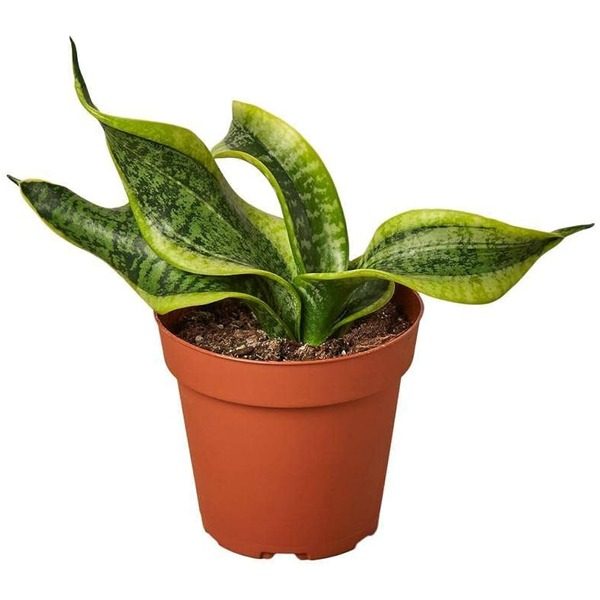
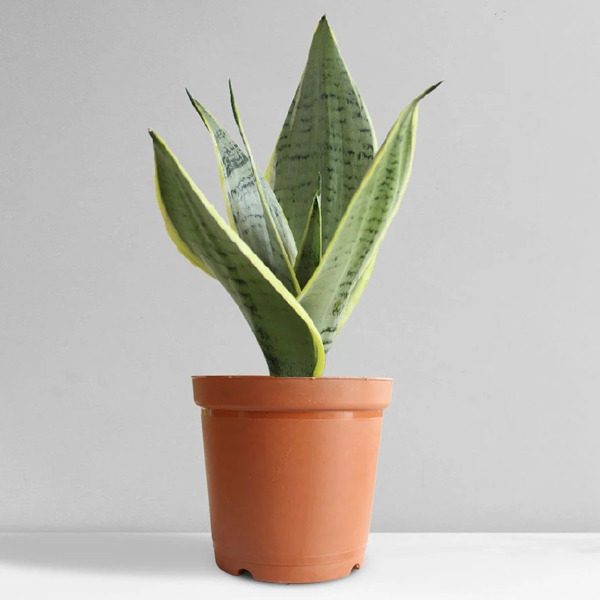
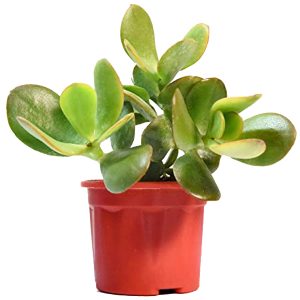
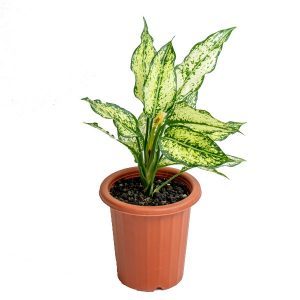
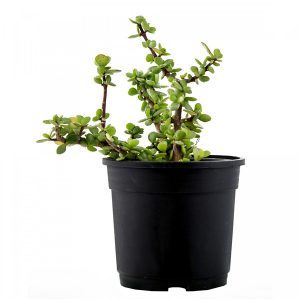

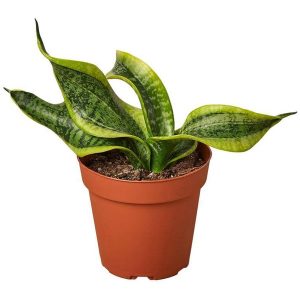
Reviews
There are no reviews yet.